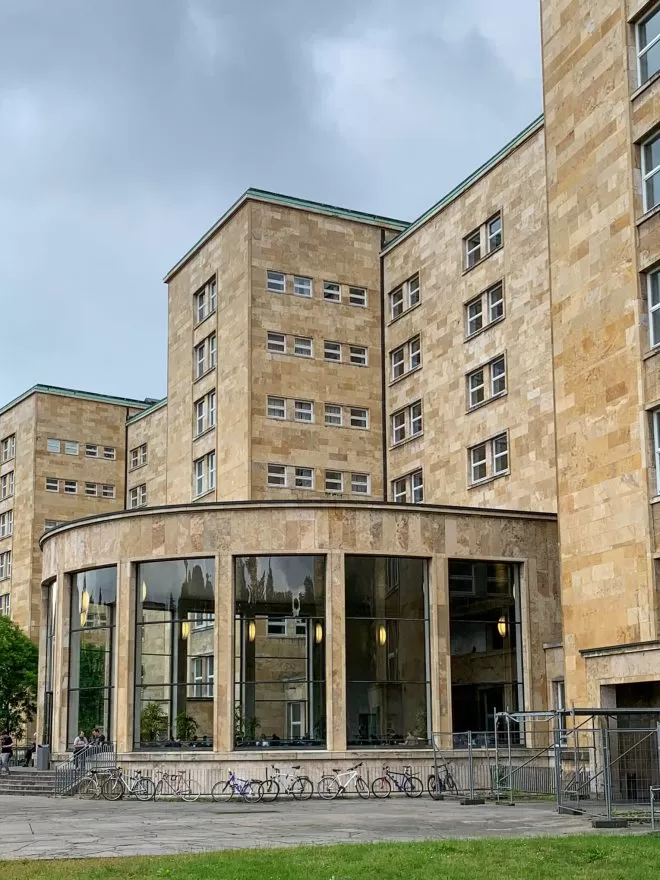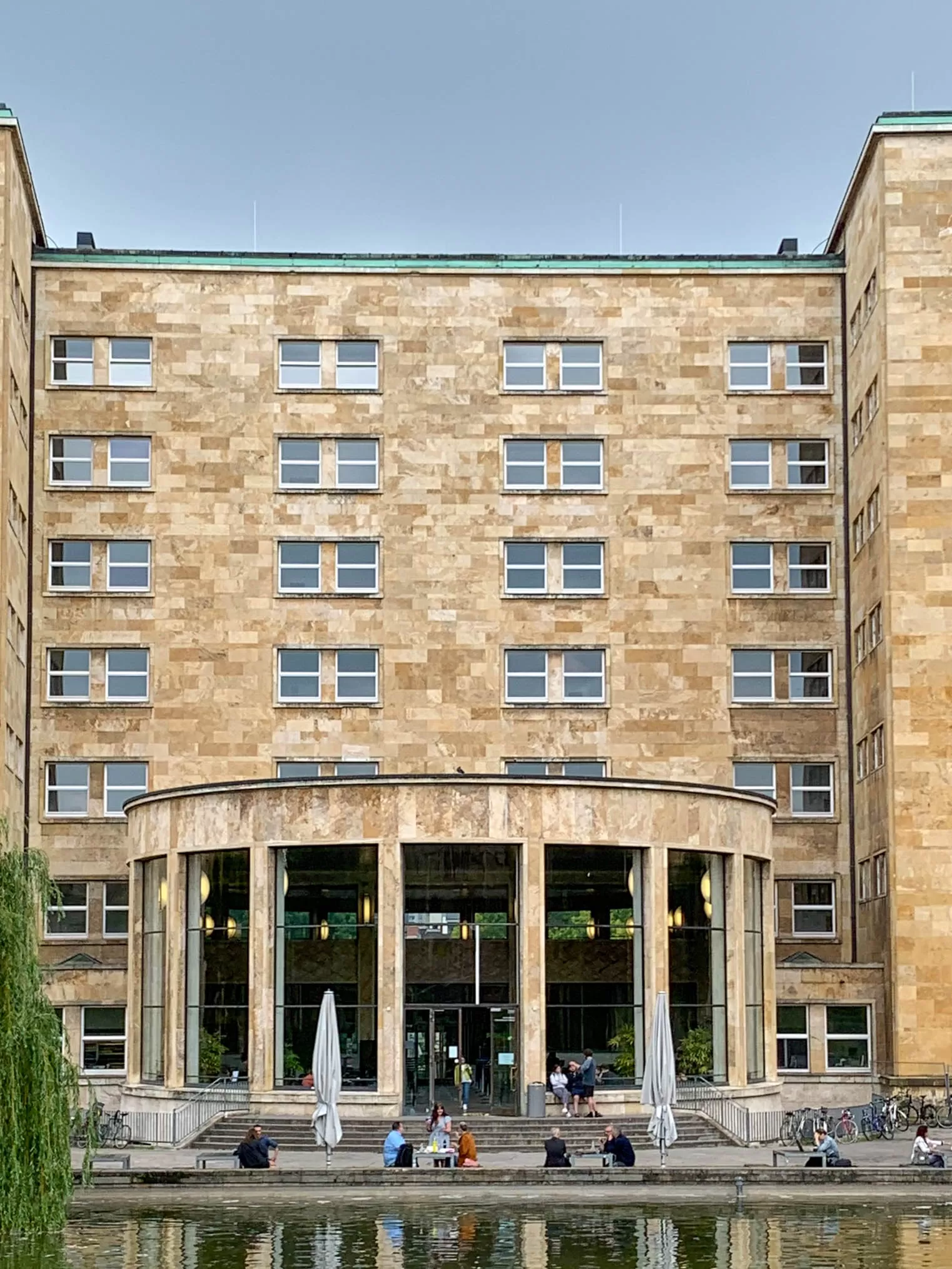
IG Farben Building, 1928-1931. Architect: Hans Poelzig. Photo: Daniela Christmann
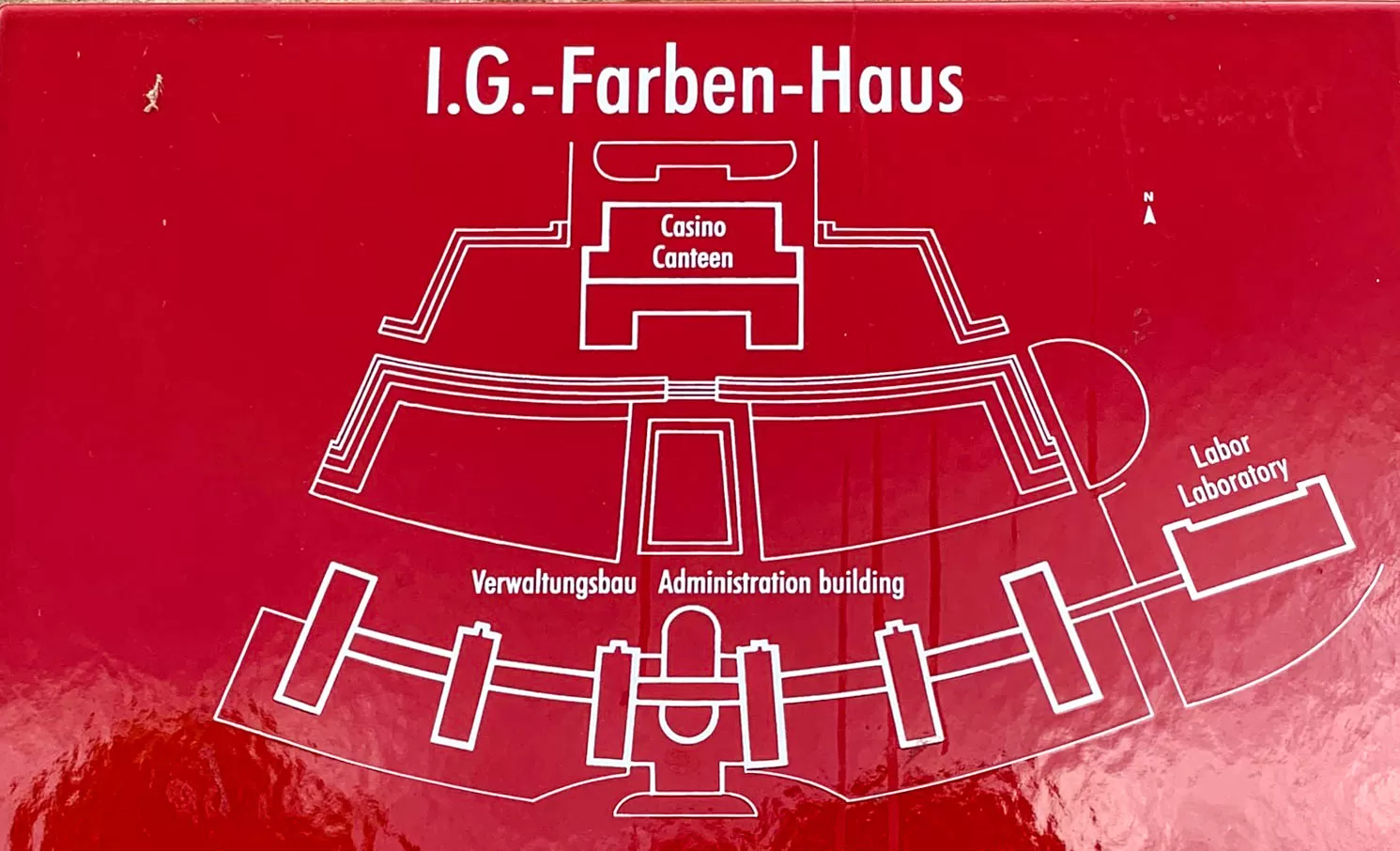
IG Farben Building, 1928-1931. Architect: Hans Poelzig. Photo: Daniela Christmann
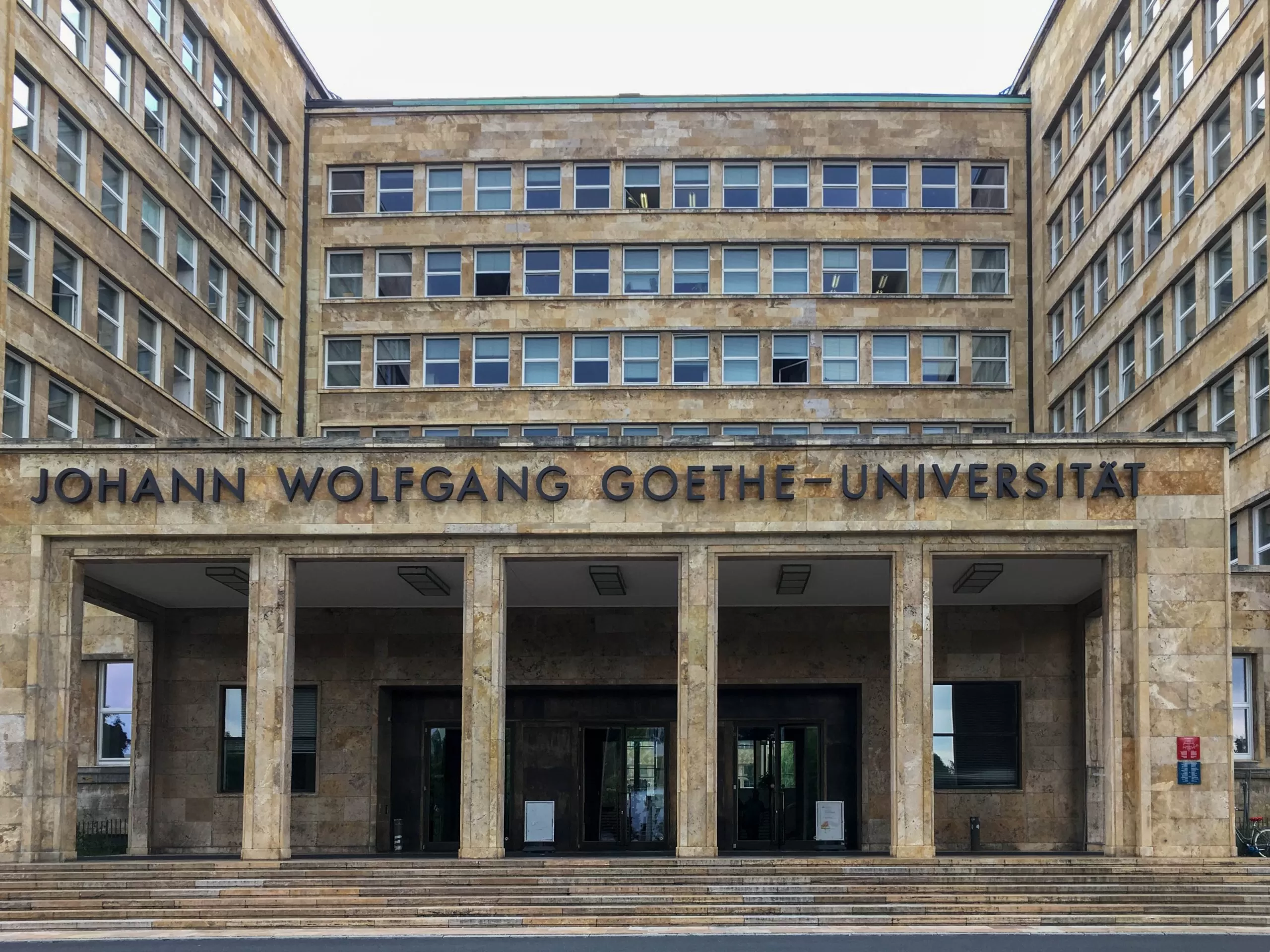
IG Farben Building, 1928-1931. Architect: Hans Poelzig. Photo: Daniela Christmann
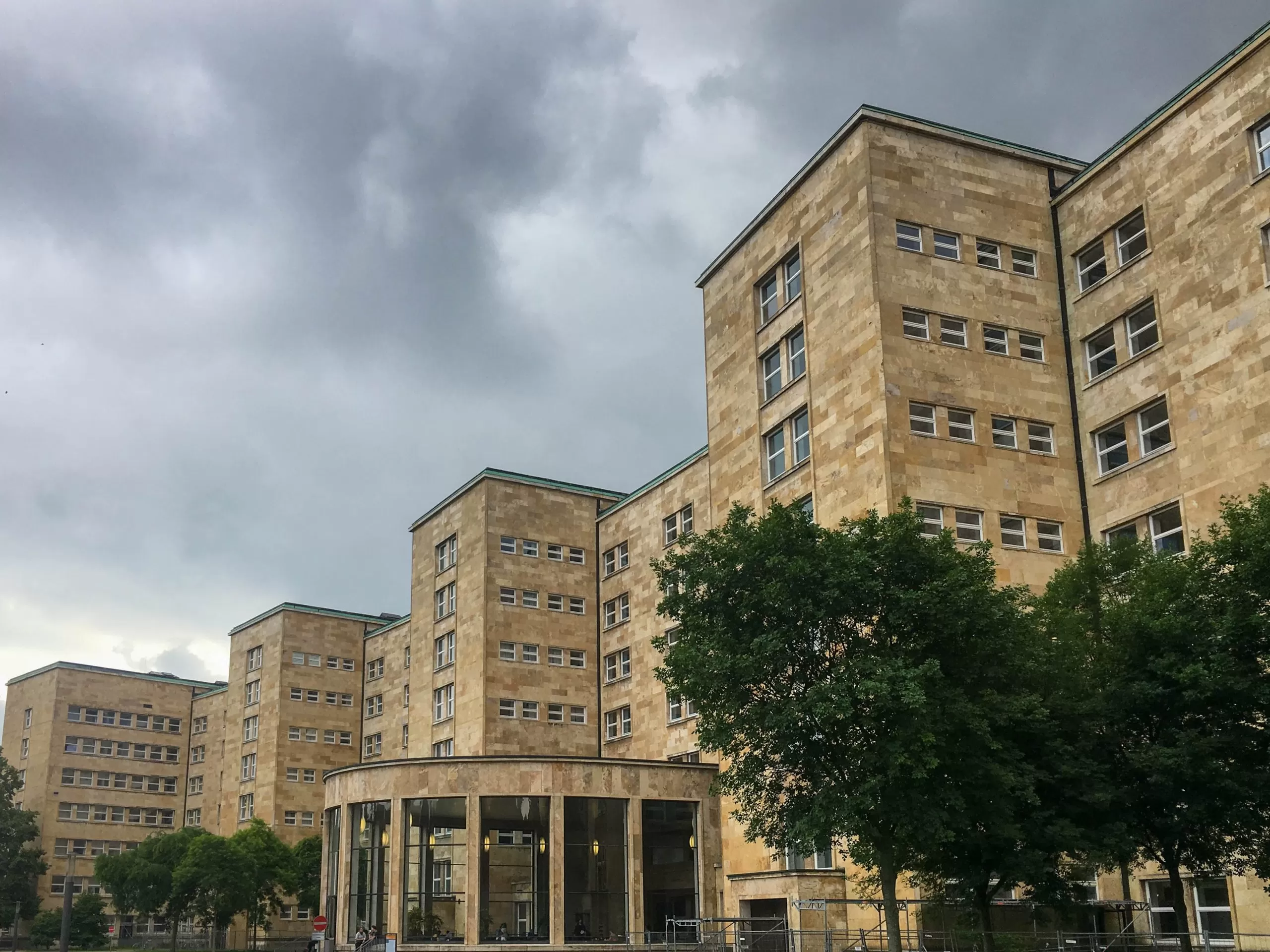
IG Farben Building, 1928-1931. Architect: Hans Poelzig. Photo: Daniela Christmann
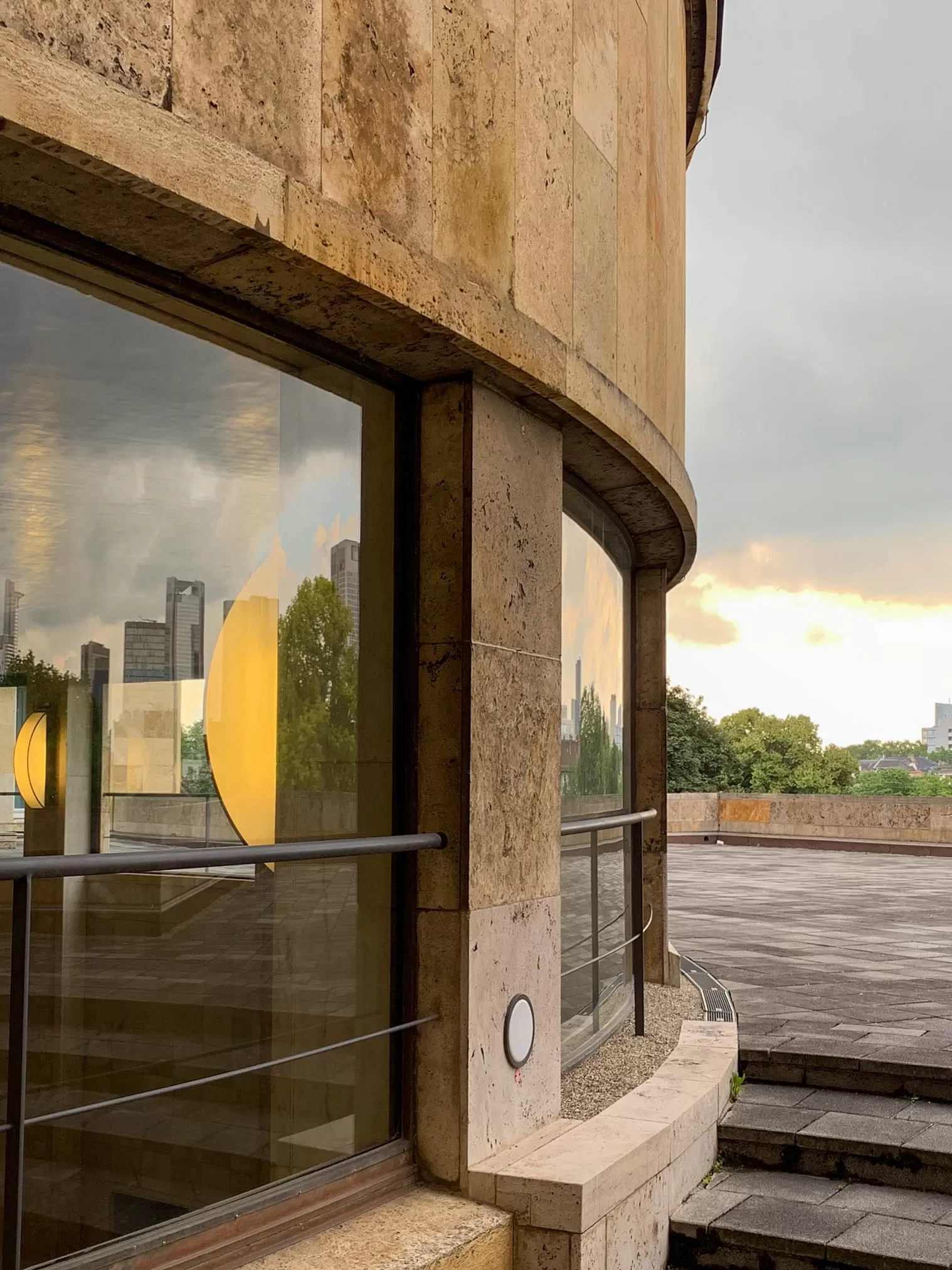
IG Farben Building, 1928-1931. Architect: Hans Poelzig. Photo: Daniela Christmann
1928 – 1931
Architect: Hans Poelzig
Theodor-W.-Adorno-Platz 1, Frankfurt am Main, Germany
The headquarters of I.G. Farben AG was built in Frankfurt am Main between 1928 and 1931 according to plans by Hans Poelzig.
Today, the building complex houses the West Campus of the Johann Wolfgang Goethe University in Frankfurt am Main.
Project Planning
The multinational Interessengemeinschaft Farbenindustrie AG group had been formed in 1925 from a merger of eight leading German chemical companies.
The members included Aktien-Gesellschaft für Anilin-Fabrikation (Agfa), Badische Anilin- und Sodafabrik (BASF), Farbenfabriken vorm. Friedr. Bayer & Co, Farbwerke Leopold Casella & Co, Chemische Fabrik Griesheim-Elektron, Chemische Fabriken Weiler-ter Meer, Chemische Fabrik Kalle & Co. AG and Farbwerke Hoechst AG.
The Frankfurt am Main municipal authorities offered the Group a plot of land in the southeastern part of Grüneburgpark in the Westend district for sale.
Competition
Carl Bosch, chairman of the board of management, decided to hold a limited competition for five architects.
Participants were Paul Bonatz (Stuttgart), Fritz Höger (Hamburg), Jacob Koerfer (Cologne), Hans Poelzig (Berlin), and Ernst May and Martin Elsaesser (Frankfurt am Main).
The winner of the competition was Hans Poelzig, who designed an administrative complex for a total of two thousand employees, organized according to the latest standards.
On August 22, 1928, the Board of Management decided to carry out the administrative building according to Poelzig’s plans.
Construction
The tender called for a total usable area of 23,000 square meters, a service building with dining rooms for 1,600 people, experimental laboratories with 2,000 square meters of floor space, a heating and power plant, garages for a hundred cars, a gatehouse and other ancillary facilities.
Works on the foundation were carried out at the end of the year 1928.
In the summer of 1929, construction of the building began using the then advanced steel skeleton construction method.
Scaffolding for the building was provided by a new tubular steel frame developed by TORKRET-Gesellschaft, Berlin, which was used on a large scale for the first time in this project.
By 1926, the company, which specializes in concrete spraying, had already produced the wide-span barrel vaults of the Grossmarkthalle in Frankfurt am Main with a shotcrete shell a mere eight centimeters thick.
The roof of the I.G. Farben building was covered with rolled copper, which was glued to the solid ceiling, by the Heddernheimer Kupferwerke.
In 1930, the two hundred and fifty meter long and nine story high structure of the main building was completed.
This was followed in 1931 by the casino, the laboratory building and the terraced outdoor area with water basin.
Within a construction period of only two years, the slightly convex curved main building with the six radially arranged transverse wings and the casino behind it were completed.
Building and Park
A steel skeleton structure inlaid with bricks and clad with light-colored travertine slabs from Cannstadt forms the basis of the I.G. Farben administration buildings.
Narrow, merging window axes divide the mighty cubes, which are lit by a total of two thousand windows.
Wooden sliding windows were used for all office and corridor openings.
While the main building faces south, a landscaped park adjoins it to the north.
An open pillared hall fronts the entrance area.
A linear axis leads to the rear of the building via a glazed rotunda.
Passing a central water basin, one reaches the casino.
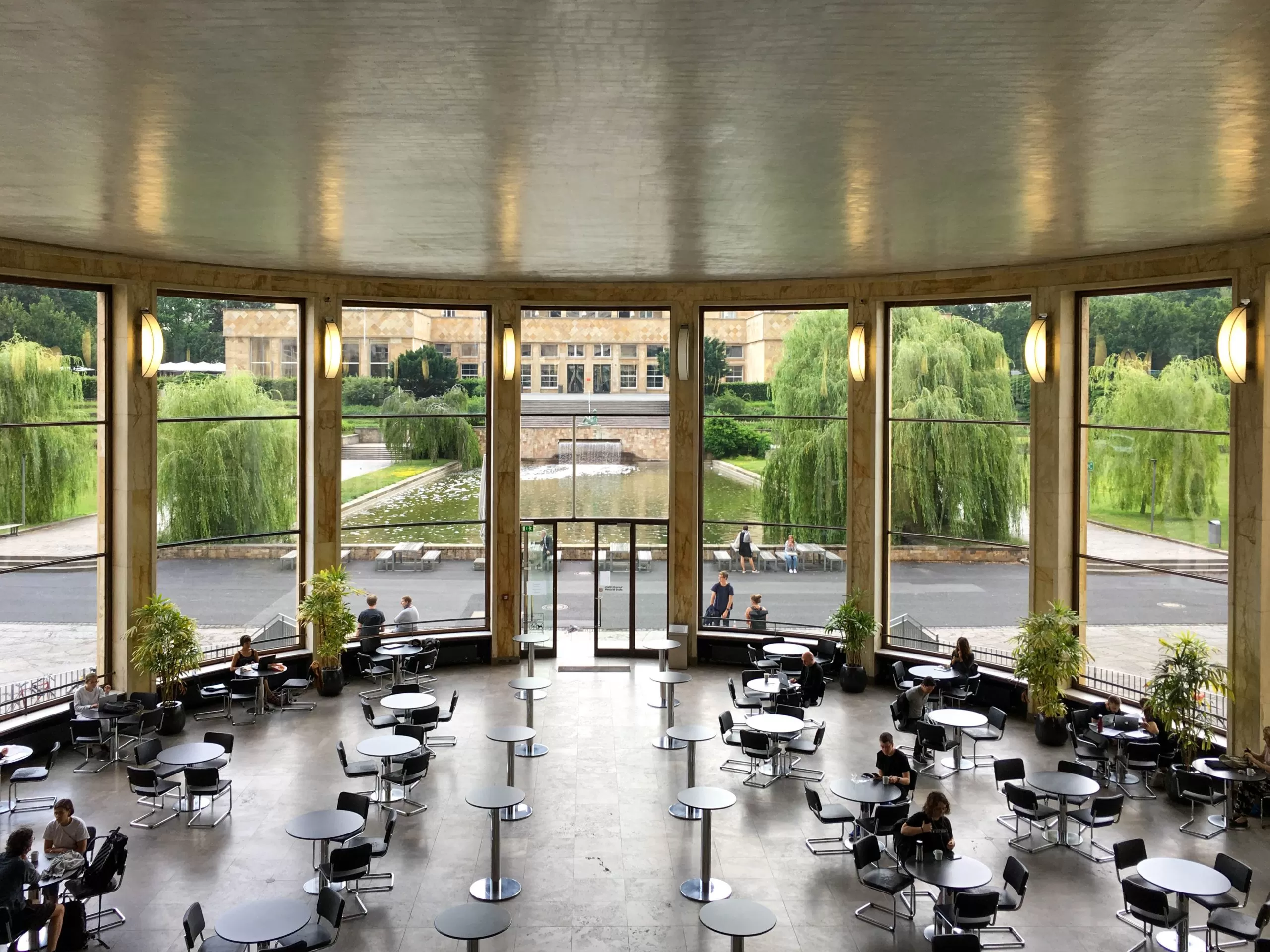
IG Farben Building, 1928-1931. Architect: Hans Poelzig. Photo: Daniela Christmann
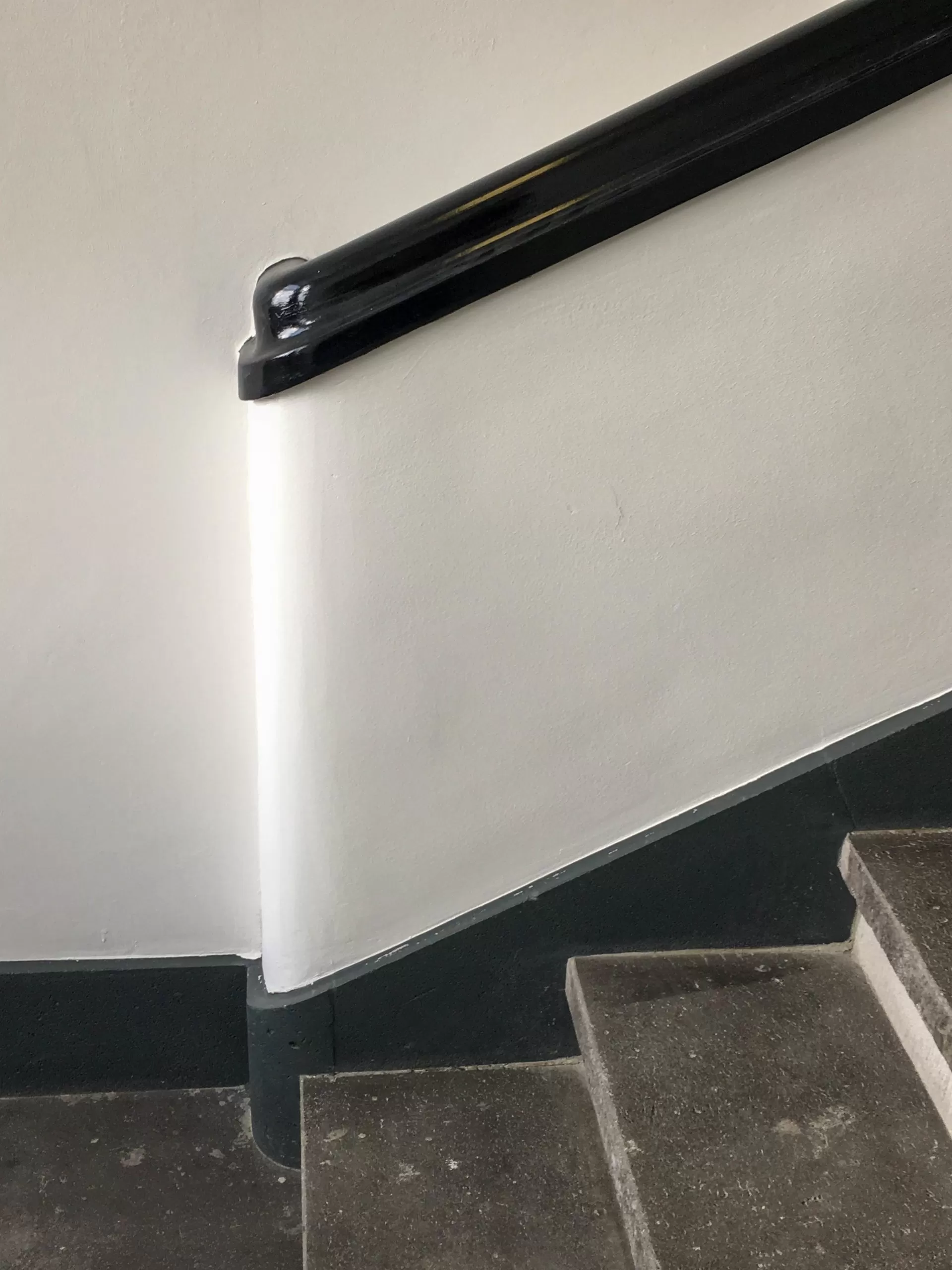
IG Farben Building, 1928-1931. Architect: Hans Poelzig. Photo: Daniela Christmann
Outdoor Spaces
The outside area is modeled by geometrically designed parterres, water basins and perennial terraces.
Max Bromme, Frankfurt’s director of horticulture, designed the sloping terrain between the administration and service buildings.
This garden design merges into a landscape park created by landscape architect Hermann Mattern and perennial grower Karl Foerster.
In 1931, the sculptor Fritz Klimsch added the bronze sculpture Am Wasser.
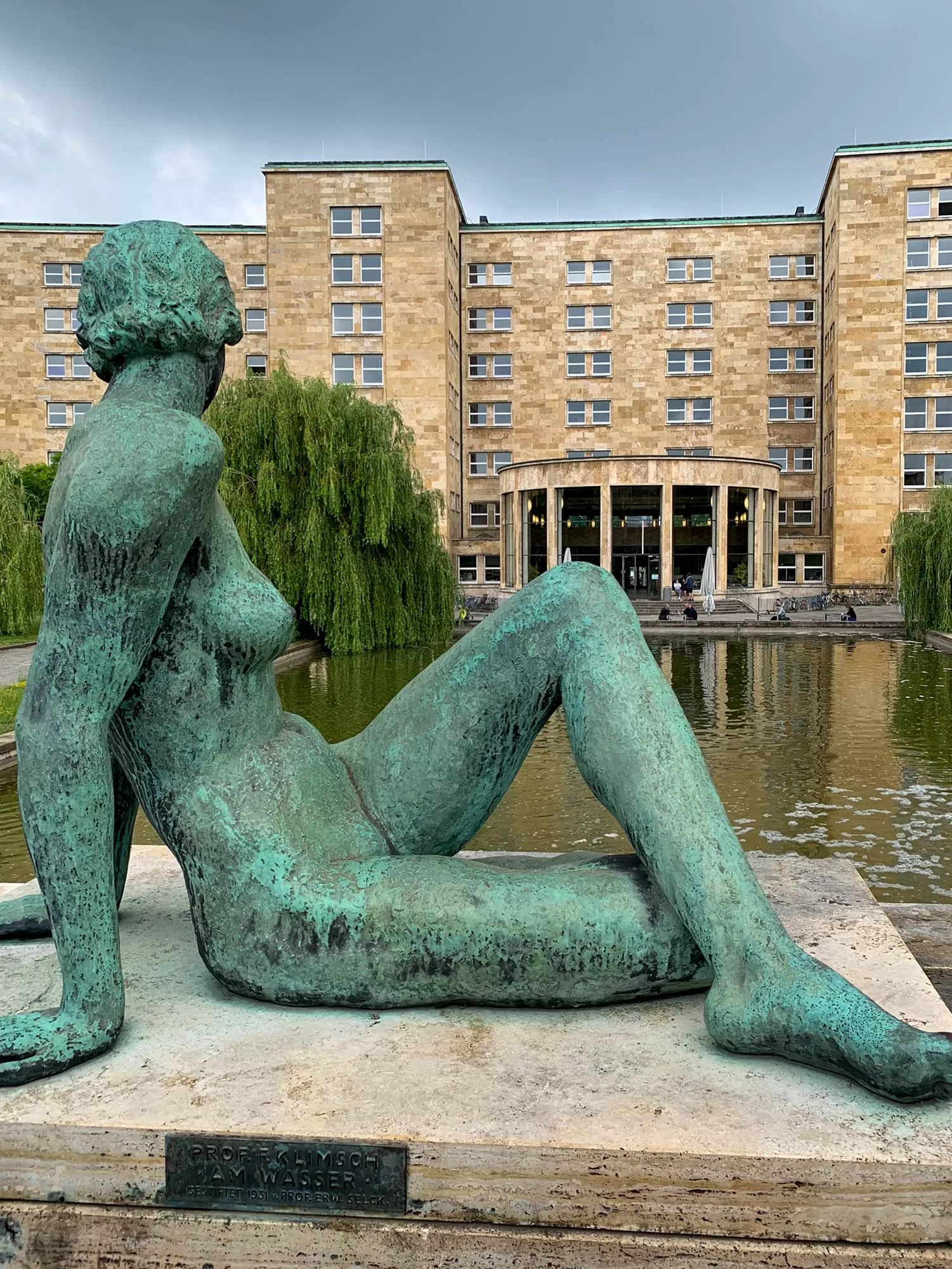
IG Farben Building, 1928-1931. Architect: Hans Poelzig. Photo: Daniela Christmann
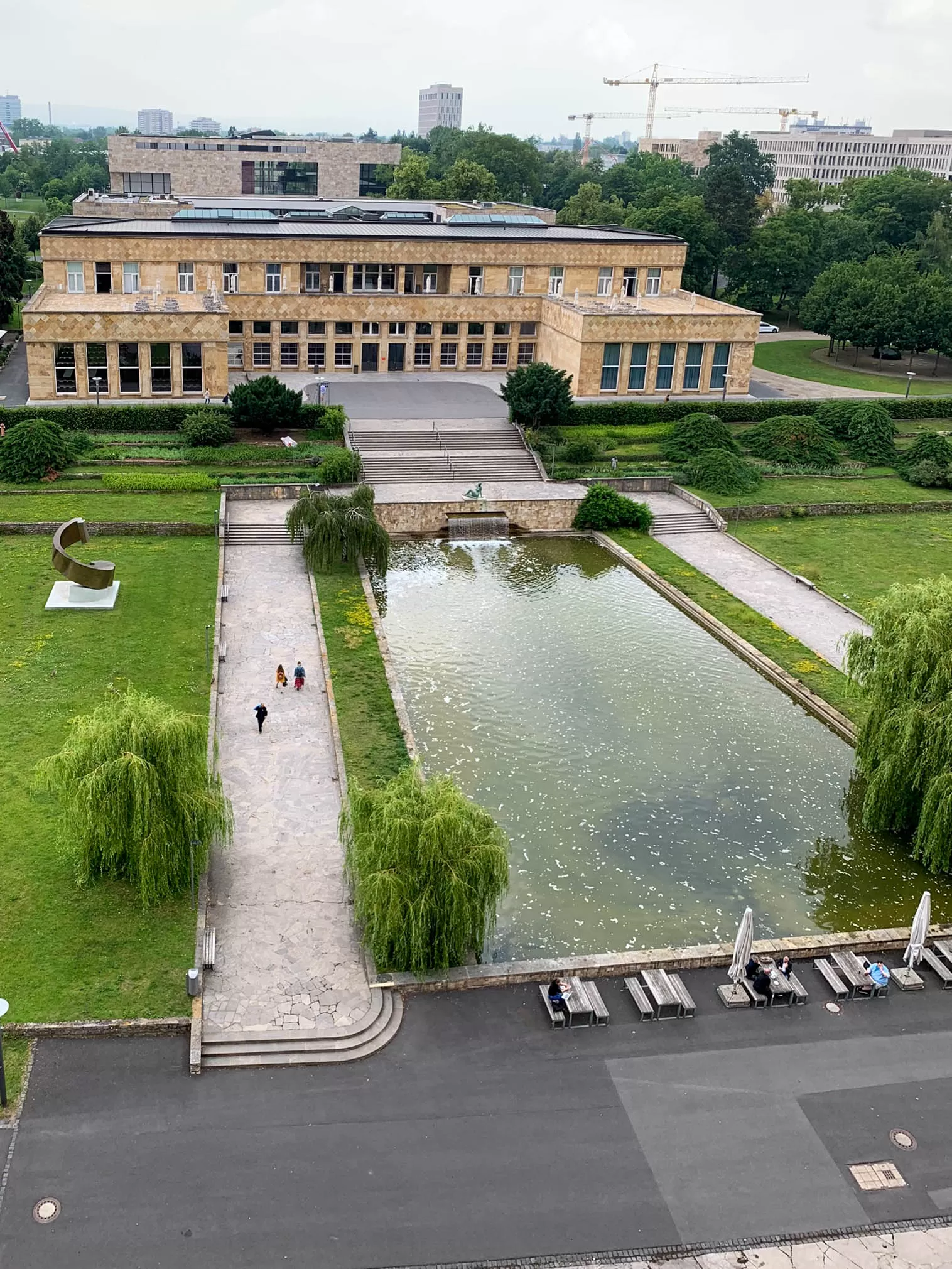
IG Farben Building, 1928-1931. Architect: Hans Poelzig. Photo: Daniela Christmann
Interiors
A double-flight marble staircase in the entrance hall leads to the former offices of the Board of Management and the meeting room of the Supervisory Board, which was located on the second floor of the west wing.
The north-facing glazed exhibition hall, which now houses the university’s cafeteria, was used to display the group’s products.
Architect Marlene Moeschke-Poelzig, second wife of Hans Poelzig, designed both the spatial concept and the interior furnishings.
All offices received optimal daylight thanks to their south-facing orientation.
North-facing, continuous corridors provided access to the main building.
The work environment included file elevators, paternosters and mechanical ventilation.
Linoleum from the company’s own production was used for the floor.
The room doors were smooth, painted plywood doors in wooden frames.
Entrance and elevator doors were made of bronze.
Hallways were separated from stairwells by iron frame doors with wire mirror glass panels.
The ceilings of the entrance hall were covered with aluminum leaf.
Some of the walls are covered with marble slabs in a zigzag pattern.
Floor and stair railings are made of shell limestone.
In the vestibule of the main entrance, a ceiling and wall covering of cast bronze panels with copper friezes was installed.
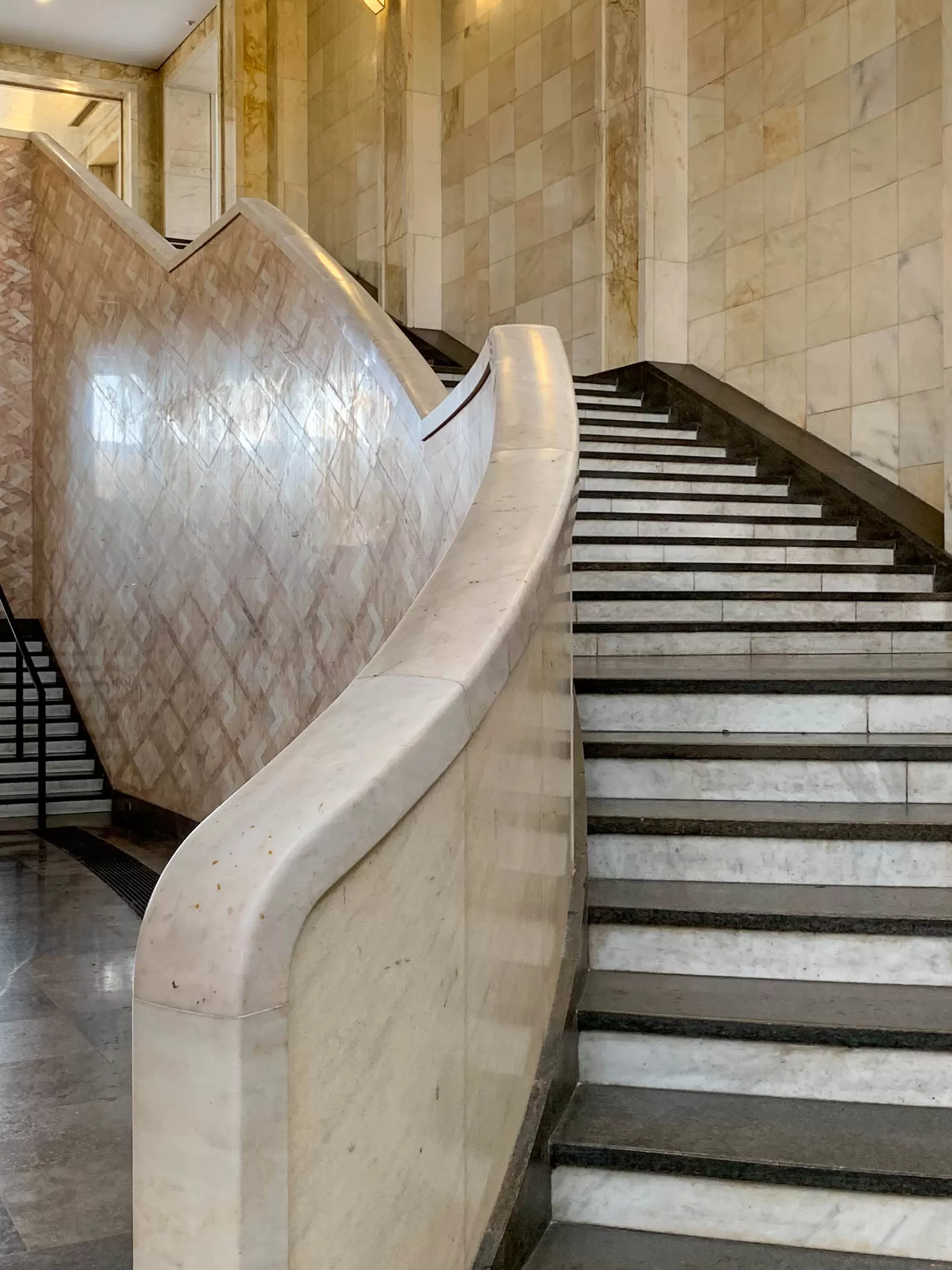
IG Farben Building, 1928-1931. Architect: Hans Poelzig. Photo: Daniela Christmann
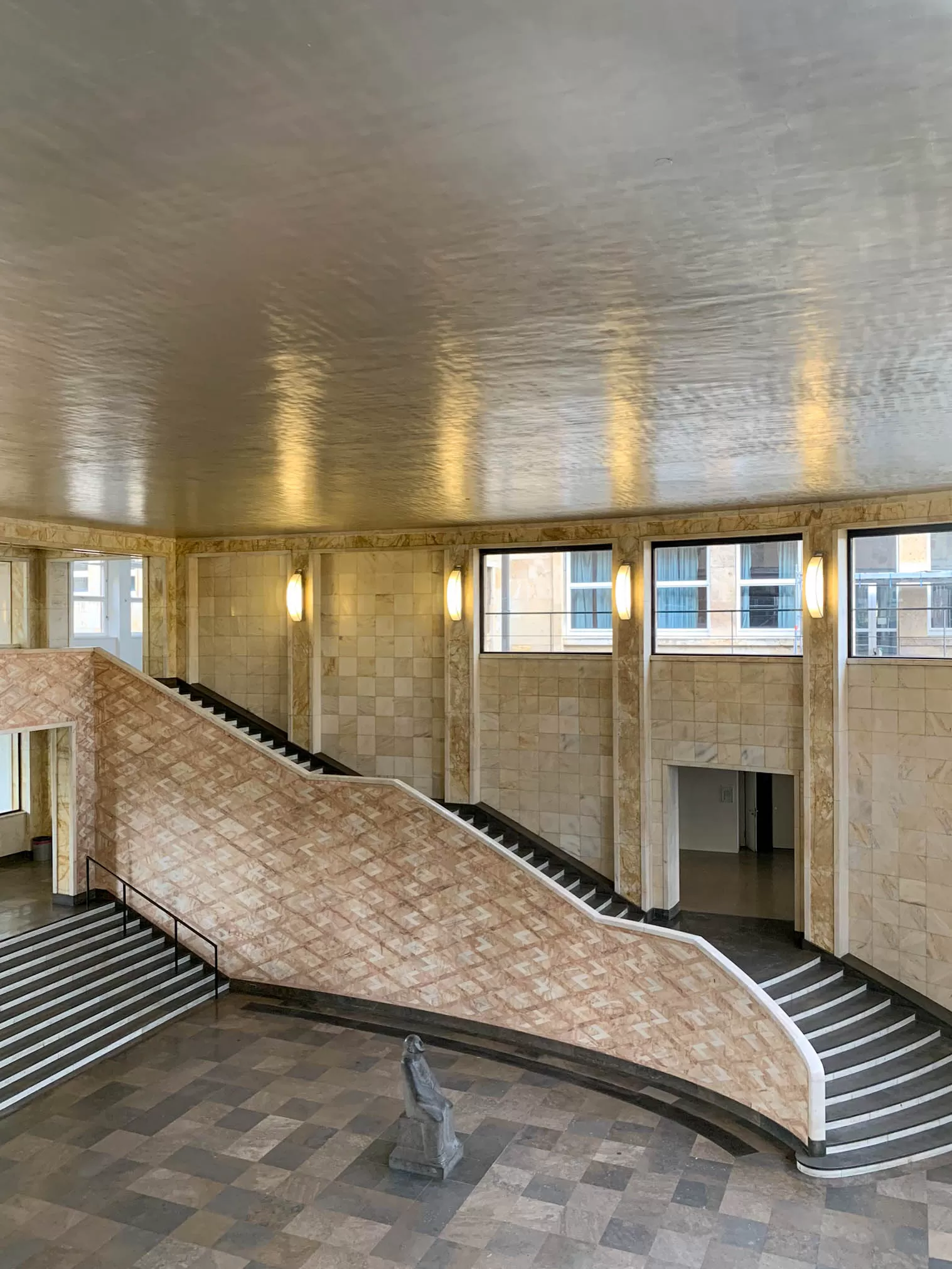
IG Farben Building, 1928-1931. Architect: Hans Poelzig. Photo: Daniela Christmann
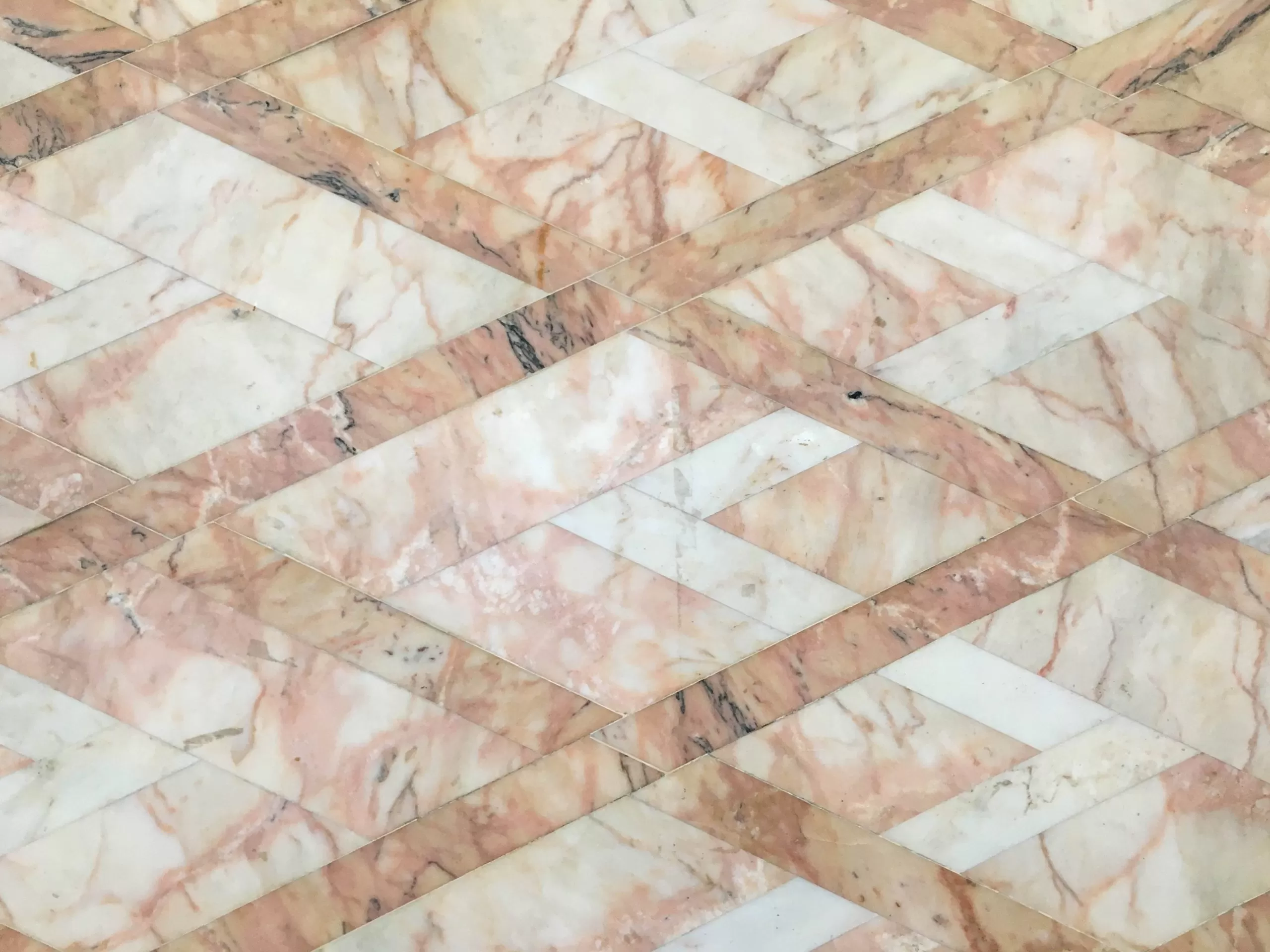
IG Farben Building, 1928-1931. Architect: Hans Poelzig. Photo: Daniela Christmann
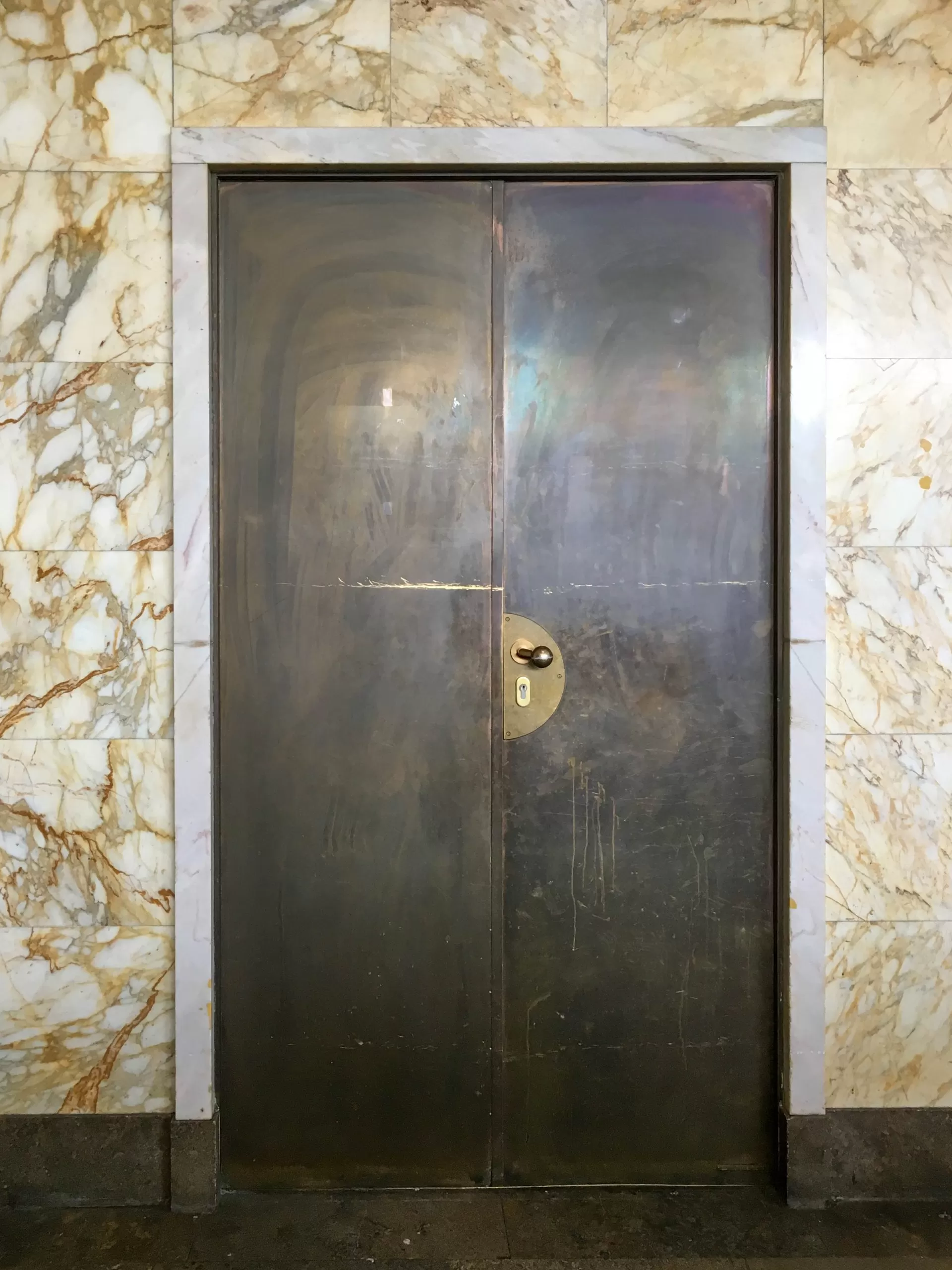
IG Farben Building, 1928-1931. Architect: Hans Poelzig. Photo: Daniela Christmann
Post-war Period
Following World War II, the Group was so burdened by its participation in Nazi crimes that the Allies ordered its dissolution.
Until well into the 1950s, the I.G. Farbenhaus remained the largest office building in Europe.
It served as the headquarters of the U.S. armed forces in Europe until 1995.
In 2001, it was reopened as a university building and has since been part of the Westend Campus of the Johannes-Wolfgang-Goethe University in Frankfurt.
The sculpture Empedocles was created by Gerhard Marcks in 1954.
Since 2013, it has stood in the entrance hall of the university.
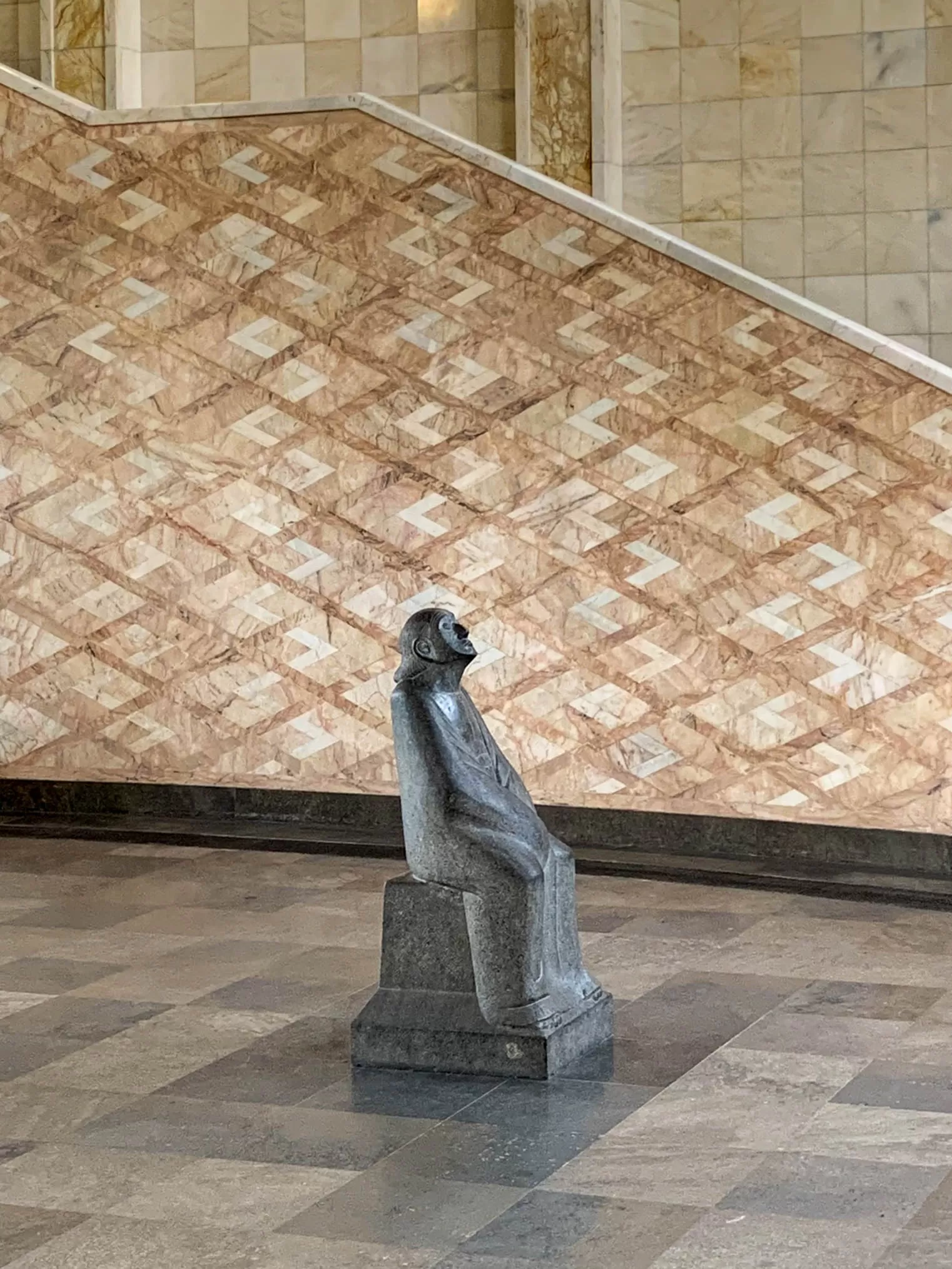
IG Farben Building, 1928-1931. Architect: Hans Poelzig. Photo: Daniela Christmann
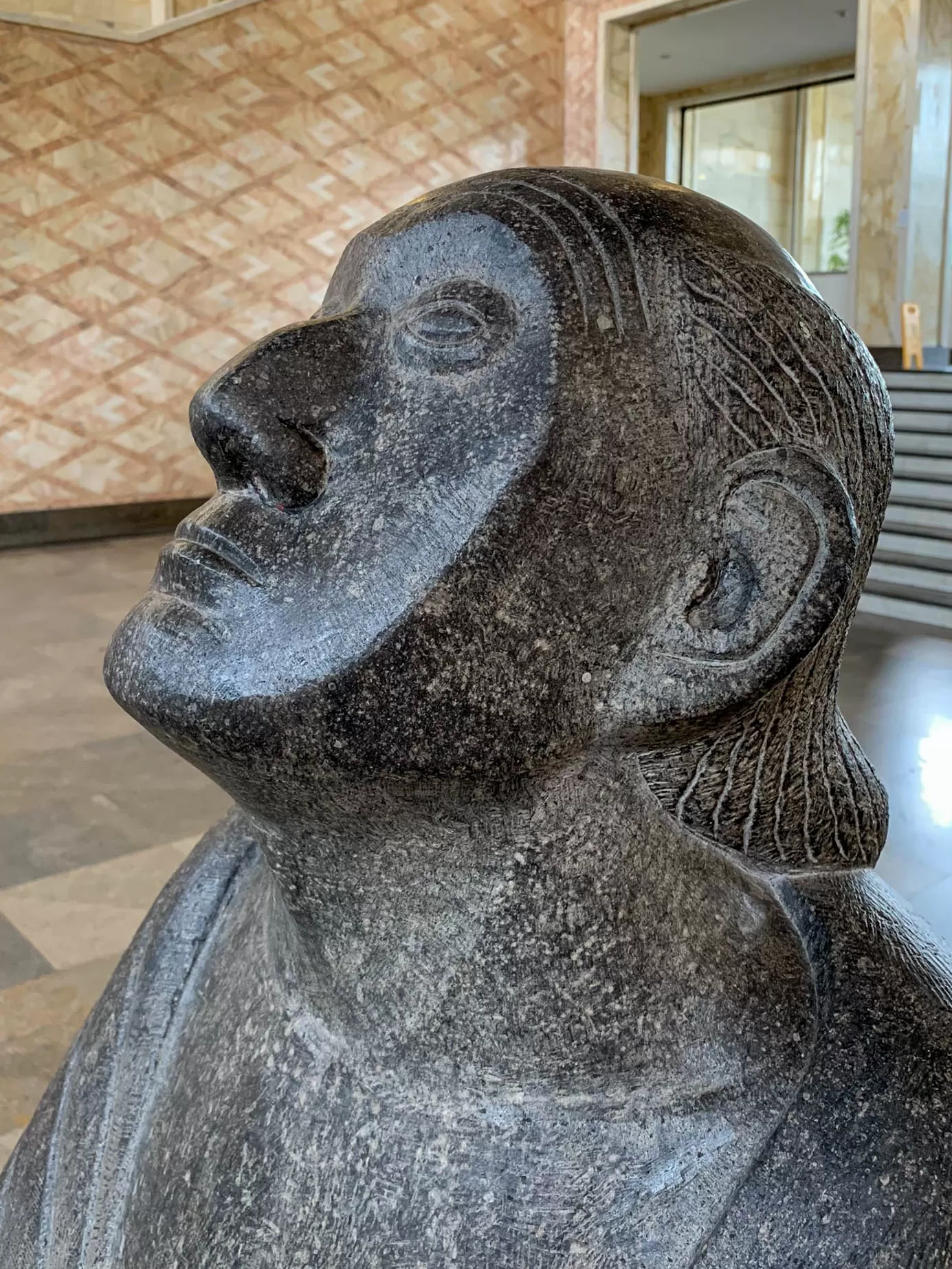
IG Farben Building, 1928-1931. Architect: Hans Poelzig. Photo: Daniela Christmann

